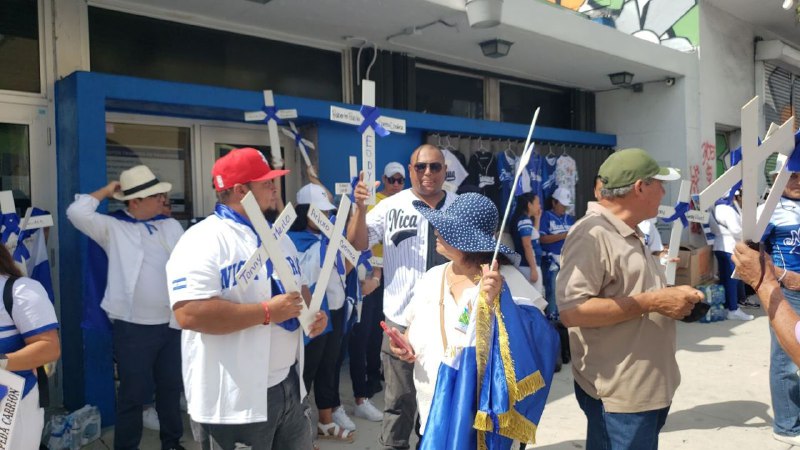The Department of Studies of the National Television Council (CNTV) presented a new audience report for the time slot, with data from Kantar Ibope Media, 10 days after the first broadcast of the electoral time slot of the Constitutional Council.
After the premiere of the strip on Friday, April 7, there is an increase in viewing, reaching a peak audience on Tuesday, April 11, with 36 rating points in prime time, which represents around 955,000 households.
In terms of reach or people who watched for at least one minute, the peak in daytime hours, after its first day of release, was achieved on Monday, April 11, when almost 820,000 people were reached.
In prime time, as expected, the figure is higher: the slot reached reach figures over a million people practically every day, with a peak of more than a million and a half on Monday, April 10.
Interest in the electoral strip is concentrated in the public over 35 years of age, but especially in those over 50. Those under 35 have significantly lower affinity figures than the rest of the population.
The public that watches this space is mostly female, a pattern that is repeated in the viewing of open television in general. The same is observed with the popular segments.
The report concludes that the strip seems to be reaching the public that traditionally watches television, without reaching new groups.







